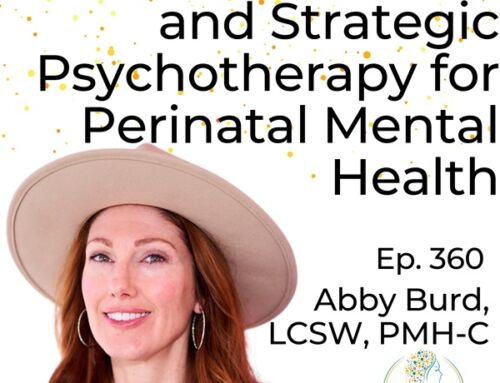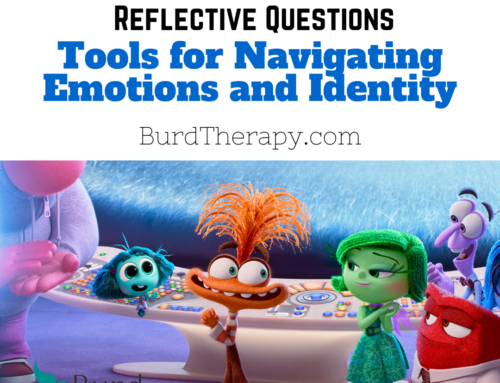The act of bringing your child into therapy can often be accompanied by guilt and shame of the parent. Thoughts about being able to handle family conflict and problems within the family are common, especially for families who are unfamiliar with the therapeutic process. No matter what your child’s behavior looks like, there maybe times when, as a parent, you become concerned and want to seek out help for your child and one of the best available ways to do that is through therapy.
If you are considering taking your child to therapy or have wondered what exactly child and/or adolescent therapy looks like, here is a quick overview that may help guide you in your decision making.
PLAY THERAPY
Play therapy is typically done with children who range in ages from 3-12 years old.
What is play therapy?
In play therapy, toys are the child’s world and play is their language. Young children can have difficulty communicating verbally, but most children are able to communicate through their developmentally natural “language” of play. Play therapy is an opportunity for adults to relate and connect with children at their own level. It builds on the natural way in which children learn about themselves and their relationships in the world. Through play therapy, children can learn how to communicate their expectations, fears, wants, express feelings, modify behavior, develop problem solving and coping skills, as well as a variety of other beneficial behaviors.
Most importantly, play therapy provides children with a safe psychological distance from their problems and allows them to express themselves in a way that is suitable to where they are developmentally.
Play therapy can be effective for children who are experiencing:
- Anger management
- Grief/Loss
- Divorce/family conflict
- Anxiety and/or depression
- Communication problems
- Academic/social development
- Trauma/Abuse
- Illness
Play therapy can benefit and support children by:
- Creating a safe space for a range of emotional experiences
- Assisting them in developing coping and problem solving skills
- Facilitates communication
- Encourages confidence
- Supports emotional healing and growth
- Helping them develop respect and acceptance of others
- Developing new social and relational skills
- Communicating needs: children project onto play what they expect to happen, fear may happen, and what they wish to happen
Parents and guardians can often feel overwhelmed and frustrated about how they can help their child and the child can feel misunderstood and helpless. Through therapy, my goal is to create a safe environment to cultivate growth and healing for both the child and the family.
Check back tomorrow when I share “What is Adolescent Therapy?”
If you have any questions regarding child and adolescent therapy or would like to schedule a consultation, please contact Briana Kilian at briana@abigailburdlcsw.com or by phone at 619-356-0726.







What are your thoughts?